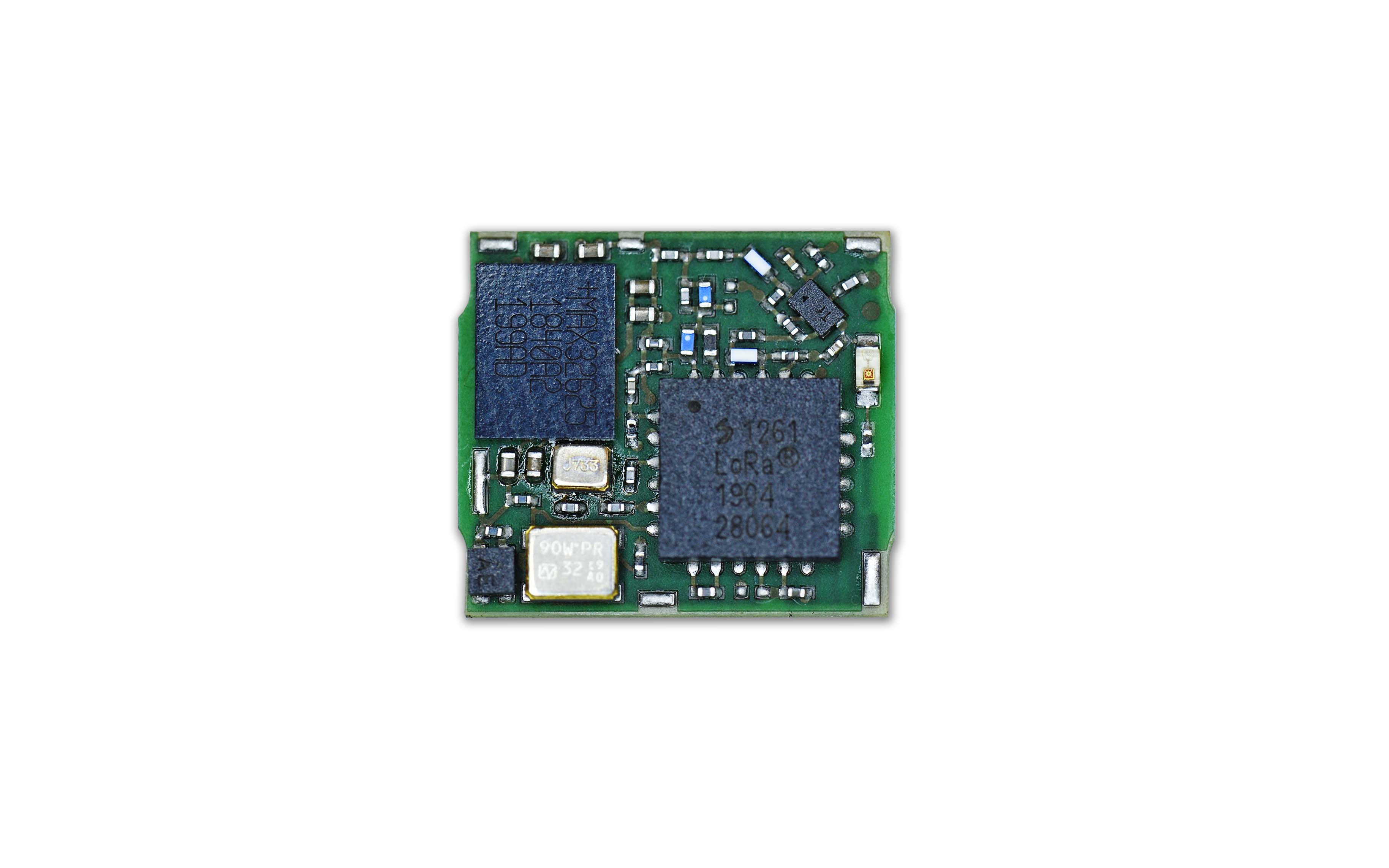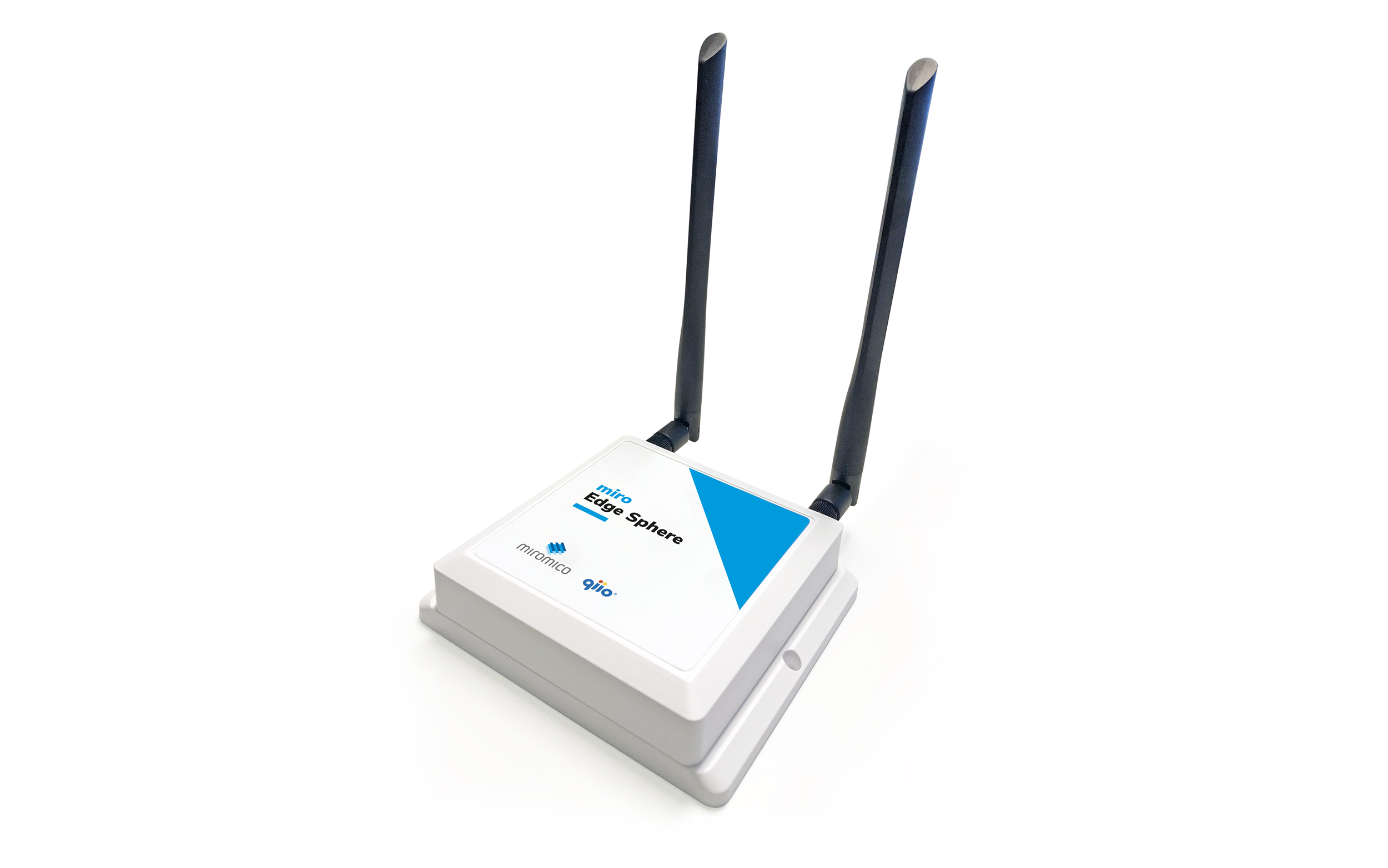
Smart Building
Benefits of Smart Building
Smart buildings aim to enhance the overall functionality and efficiency of traditional structures by leveraging technology to create more comfortable, secure, and sustainable spaces.
Smart Building Solutions
Smart building solutions encompass various technologies and systems designed to optimize building operations and improve efficiency, working in tandem to create more efficient, cost-effective, and sustainable building operations while enhancing the overall experience for occupants.
Top
Smart Buildung System
hier brauche ich einen Text
Schreibe hier auch die Produkte rein, welche du gerne abbilden möchtest.
A GPS receiver on an asset tracker gives you the full coordinates. The biggest problem here is the tracker antenna needs free sight to the satellites. This technology is suited for outdoor tracking. Snap GPS is a less power-hungry technology where the location is calculated in the cloud.
Top
What makes Miromico Smart Building solutions different?
Many companies provide smart building solutions, other provide standard products. Miromico is an engineering company and puts the focus on:
Smart Building Success Stories
Optimizing Efficiency: Smart Building Solutions in Action
Smart building solutions integrate diverse technologies and systems, orchestrating a harmonious symphony aimed at streamlining building operations and enhancing efficiency. Through seamless coordination, these solutions synergize to foster more cost-effective, sustainable, and efficient building operations. Moreover, leveraging cloud-based infrastructure, these systems transcend traditional boundaries, enabling remote monitoring, predictive analytics, and agile responses, thereby elevating the overall occupant experience.
FAQ
Smart buildings operate through a network of interconnected technologies and systems that collect, analyze, and act upon data to optimize various building functions. Here's a breakdown of how they work:
- Data Collection: Smart buildings are equipped with sensors and IoT devices placed throughout the infrastructure. These sensors monitor various aspects such as temperature, humidity, occupancy, energy usage, air quality, and more. They continuously gather data in real-time.
- Data Transmission and Processing: The collected data is transmitted to a central hub or cloud-based platform where it's processed and analyzed. Cloud computing plays a crucial role here, allowing for the storage and processing of vast amounts of data.
- Analytics and Decision-Making: Advanced analytics and AI algorithms interpret the collected data. These systems can recognize patterns, predict future trends, and identify areas for optimization. For instance, they can predict equipment failures, optimize energy usage, or adjust building systems based on occupancy patterns.
- Building Automation and Control: Based on the insights derived from data analysis, automated systems within the building are triggered to act accordingly. For example, HVAC systems adjust temperature settings in response to occupancy or external weather conditions. Lighting systems dim or brighten based on natural light or occupancy levels. Security systems can be activated based on unusual activities detected by sensors.
- User Interface and Control: Occupants or building managers can often interact with the smart building systems through user interfaces, such as smartphone apps or dedicated dashboards. This interface allows them to monitor building functions, set preferences, and receive alerts or notifications.
- Continuous Monitoring and Adaptation: Smart buildings continuously collect and analyze data, adapting and optimizing operations in real-time. Additionally, historical data is often used to refine algorithms and improve efficiency over time.
The synergy of these components allows smart buildings to optimize energy usage, enhance operational efficiency, improve occupant comfort, and streamline maintenance, ultimately contributing to a more sustainable and cost-effective building ecosystem.
Smart buildings are crucial for numerous reasons. They optimize energy usage, resulting in cost savings and reduced environmental impact. By tailoring environments to individual preferences, they enhance occupant comfort and productivity. Additionally, these buildings play a significant role in sustainability efforts by conserving resources and minimizing waste. With remote management capabilities, they improve operational efficiency and enable predictive maintenance, preventing potential issues before they arise. Their adaptability ensures they can evolve according to changing needs, making them efficient, flexible, and supportive of both economic and environmental goals.


